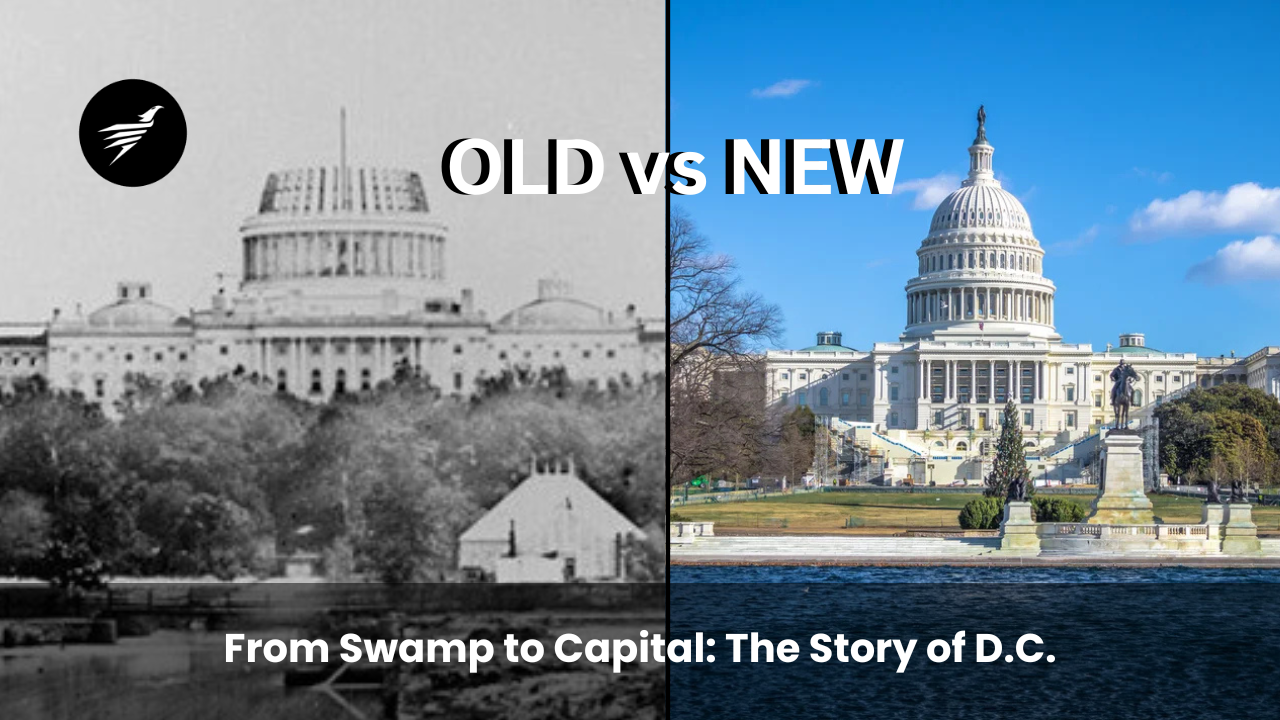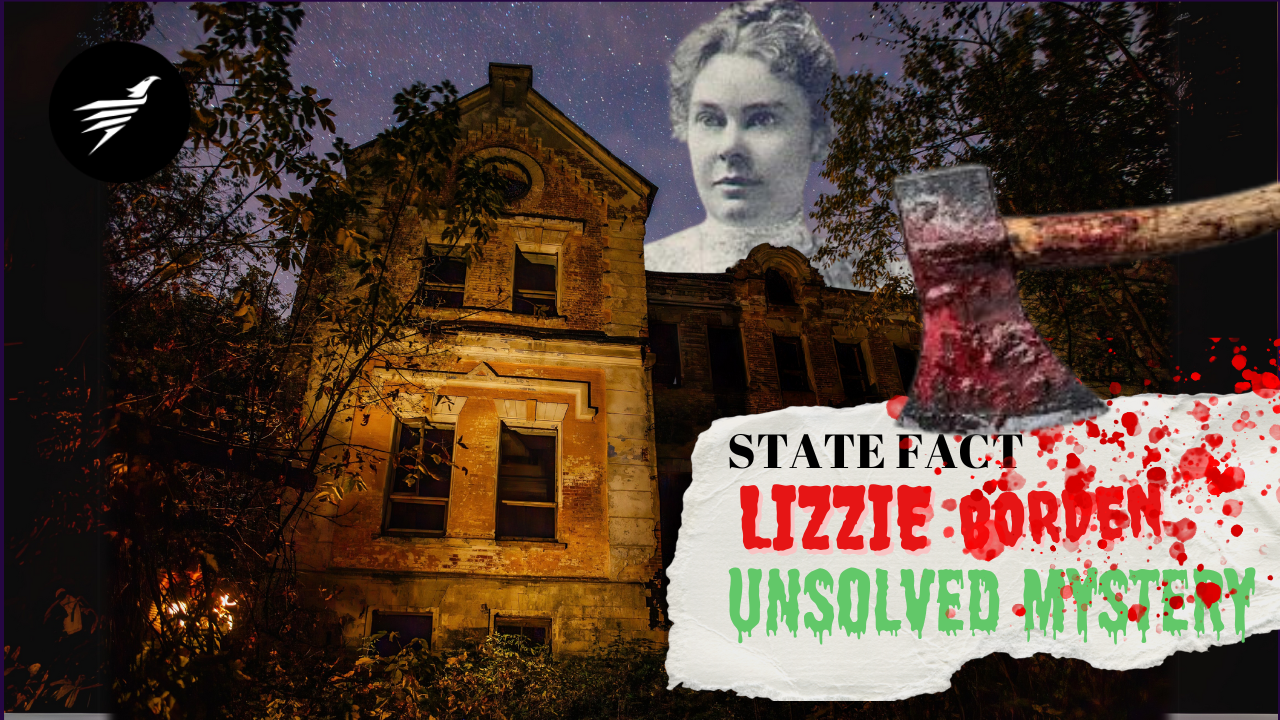Why Did the U.S. Need a Permanent Capital?
Washington, D.C. became the national capital is a story of vision and compromise. In the early years of the United States, the federal government had no permanent home, moving between cities like Philadelphia and New York. Discover why establishing a permanent capital was essential to unify the nation and stabilize the growing government.
In this section we will explore the challenges of a nomadic government and the debates between Northern and Southern states over the capital’s location.

The Challenges of a Nomadic Government
When Washington, D.C was not the capital of the US. The U.S. government faced significant challenges due to its lack of a permanent home. The Continental Congress met in various cities, including Philadelphia, New York, and even Trenton. This constant movement made it difficult to establish a sense of stability and continuity.
Do you think, like* doing meetings in different cities, how can such a thing create a massive problem? Now assume, Government records and documents had to be transported from place to place, increasing the risk of loss or damage. Additionally, the lack of a central location made it harder for representatives from different states to convene and address national issues efficiently.
The nomadic nature of the government also undermined its authority. A permanent capital was seen as a symbol of the nation’s strength and unity. Without one, the young country struggled to project a sense of permanence and legitimacy on the global stage. The need for a centralized location where the government could operate effectively became increasingly apparent.
The Debate Between North and South
The decision to establish Washington, D.C, was not without controversy, it faces many challenges. Let’s talk about their opinions.
Northern and Southern states had competing interests and could not agree on a location. Northern states, with their growing industrial economies, favored a capital in the North, such as Philadelphia or New York. These cities were already established centers of commerce and culture, making them convenient choices for the government.
On the other hand, Southern states argued for a capital in the South. They believed that a Southern location would better represent their agricultural interests and provide a counterbalance to Northern influence.
This debate significantly became a heated political issue, with neither side willing to compromise. This deadlock threatened to delay the establishment of a permanent capital indefinitely.
Then the solution came in the form of political compromise. Both the leaders from the Northern and Southern eventually agreed to place the capital in a neutral location along the Potomac River, between the North and the South. This decision not only resolved the immediate conflict, and that’s how Washington, D.C. became the national capital.

The Compromise That Made D.C. the Capital
The creation of Washington, D.C. as the national capital was the result of a pivotal political deal known as the Compromise of 1790. This landmark agreement not only resolved the nation’s financial crisis but also determined the location of the capital.
Now I will tell you about the key players who were behind these political negotiations, and the legislation that made it all possible.
Hamilton’s Financial Plan and the Capital
At the heart of the Compromise of 1790 was Alexander Hamilton’s ambitious financial plan. As the first Secretary of the Treasury, Hamilton proposed that the federal government assume the debts of the states incurred during the Revolutionary War.
This plan was designed to strengthen the nation’s credit and unify the states under a centralized financial system. However, it faced strong opposition, particularly from Southern states, which had already paid off much of their debt and saw little benefit in bailing out Northern states.
To secure support for his plan, Hamilton turned to Thomas Jefferson and James Madison, two influential figures from the South. In a private dinner meeting, the three men struck a deal: Hamilton would gain Southern support for his financial plan, and in return, the capital would be located in the South. This agreement not only resolved the immediate political deadlock but also laid the groundwork for the creation of Washington, D.C.
The Residence Act of 1790
The political deal between Hamilton, Jefferson, and Madison was formalized by the Residence Act of 1790, which Congress passed on July 16, 1790. This act authorized the creation of a national capital along the Potomac River.
President George Washington selected the location, which was geographically central and symbolically significant.
The Residence Act also stipulated that the capital would be ready for the federal government by December 1800. This gave planners and builders a decade to transform the swampy, undeveloped land into a functioning city. The act marked the beginning of Washington, D.C.’s journey from a vision on paper to the heart of American politics.
Why Was the Potomac River Site Chosen?
The decision to build the national capital on the Potomac River was carefully considered and influenced by geography, politics, and vision. This section explores George Washington‘s role in choosing the site and Pierre L’Enfant’s innovative plans for the city.

George Washington’s Role in Selecting the Site
As the first President of the United States, George Washington played a pivotal role in selecting the location for the new capital. Born in Virginia, Washington had a deep connection to the Potomac River region and understood its strategic importance. The site was geographically central, lying between the Northern and Southern states, which helped to balance political interests and promote national unity.
Washington also recognized the economic potential of the Potomac River. He believed that the river could serve as a vital trade route, connecting the Western frontier to the Eastern seaboard. By placing the capital along the Potomac, Washington hoped to stimulate economic growth and strengthen the nation’s infrastructure. His personal involvement in the selection process ensured that the site met both practical and symbolic needs.
Pierre L’Enfant’s Vision for the City
Once the site was chosen, the task of designing the new capital fell to Pierre Charles L’Enfant, a French architect and engineer. L’Enfant envisioned a grand city that would reflect the ideals of the young nation. His design featured wide avenues, public squares, and iconic landmarks, all arranged in a geometric pattern that emphasized order and grandeur.
One of L’Enfant’s most notable contributions was the creation of the National Mall, a vast open space that would become the heart of the city. He also planned for prominent buildings, such as the Capitol and the President’s House (now the White House), to be placed on elevated ground, symbolizing their importance. Although L’Enfant’s relationship with the government eventually soured, his visionary design laid the foundation for Washington, D.C.’s unique character and enduring legacy.

From Swamp to Capital: Building Washington, D.C.
Transforming the swampy, undeveloped land along the Potomac River into the nation’s capital was no small feat. The construction of Washington, D.C. faced numerous challenges, from the difficult terrain to the sheer scale of the project. This section explores the obstacles builders encountered and the critical role of enslaved laborers in bringing the city to life.
The Challenges of Building on Swampy Land
The site chosen for Washington, D.C. was far from ideal. Much of the land was swampy and prone to flooding, making construction a daunting task. Workers had to drain the marshes, clear dense forests, and level the uneven terrain before any buildings could be erected. The humid climate and prevalence of mosquitoes also made working conditions harsh and unhealthy.
Despite these challenges, the project moved forward under the direction of surveyors, engineers, and architects. The construction of key landmarks, such as the Capitol Building and the President’s House (now the White House), required innovative engineering solutions to stabilize the soft, waterlogged ground. The process was slow and labor-intensive, but the vision of a grand capital city kept the project alive.
The Role of Enslaved Laborers
The construction of Washington, D.C. relied heavily on the labor of enslaved African Americans. Enslaved workers were responsible for much of the backbreaking work, including clearing land, digging foundations, and transporting materials. They quarried stone, cut timber, and laid bricks, contributing to the construction of iconic buildings like the Capitol and the White House.
The use of enslaved labor was a painful and unjust reality of the time. Many of these workers were hired out by their enslavers, who profited from their labor. Despite their critical role in building the city, enslaved laborers were denied recognition and freedom. Their contributions, however, remain an integral part of Washington, D.C.’s history and a reminder of the nation’s complex past.

The Rise of Washington, D.C. as the National Capital
By the turn of the 19th century, Washington, D.C. had begun to take shape as the nation’s capital. Despite its humble beginnings, the city grew into a symbol of American democracy and unity. This section explores the official move of the federal government to D.C. in 1800 and the city’s subsequent growth and development.
The Official Move in 1800s
In 1800, the federal government officially moved to Washington, D.C., marking a new chapter in the city’s history. President John Adams was the first president to reside in the newly completed President’s House (now the White House), and Congress held its first session in the Capitol Building. The move was a significant milestone, solidifying D.C.’s status as the political heart of the United States.
However, the city was far from complete. Many government buildings were still under construction, and the population was small compared to other major cities like Philadelphia or New York. Despite these challenges, the presence of the federal government brought a sense of purpose and direction to Washington, D.C., setting the stage for its future growth.
The Growth of Washington, D.C.
Over the decades, Washington, D.C. grew from a modest federal town into a bustling metropolis. The city’s population increased as government employees, diplomats, and workers moved to the capital. New neighborhoods emerged, and infrastructure improved, making the city more accessible and livable.
The construction of iconic landmarks, such as the Washington Monument, the Lincoln Memorial, and the Smithsonian Institution, added to the city’s prestige and cultural significance. Washington, D.C. also became a center for political activism and social change, hosting historic events like the March on Washington in 1963.

Conclusion
The story of how Washington, D.C. became the national capital is a fascinating tale of vision, compromise, and determination. From its swampy beginnings to its rise as the heart of American politics, the city’s journey reflects the values and struggles that shaped the United States. In this conclusion, we’ll reflect on the legacy of Washington, D.C. and invite you to explore more about this iconic city.
The Legacy of Washington, D.C.
Washington, D.C. stands as a testament to the nation’s ability to overcome challenges and unite around a common purpose. The political compromises that led to its creation, the visionary planning of figures like Pierre L’Enfant, and the hard work of countless individuals—enslaved and free—have left an indelible mark on the city. Today, Washington, D.C. is not only the seat of the U.S. government but also a symbol of democracy, freedom, and resilience.
The city’s iconic landmarks, from the Capitol Building to the Lincoln Memorial, serve as reminders of the nation’s history and ideals. Washington, D.C. continues to play a central role in shaping the future of the United States, hosting historic events, political debates, and cultural celebrations that define the American experience.
Explore More About Washington, D.C.
Want to learn more about the history and culture of Washington, D.C.? Check out our other articles on the city’s iconic landmarks, political significance, and hidden gems. Whether you’re planning a visit or simply curious about the nation’s capital, there’s always more to discover. Start your journey into the heart of American history with us!
Check this also: Lizzie Borden: House of Dead | The Grisly Murders & Mystery










One Response